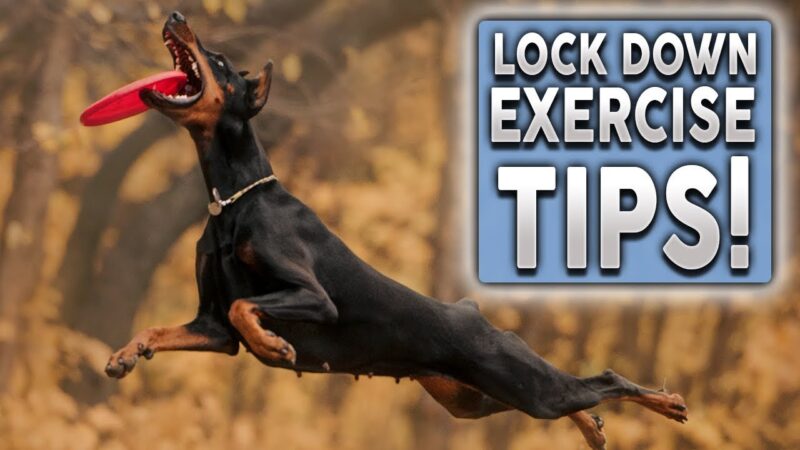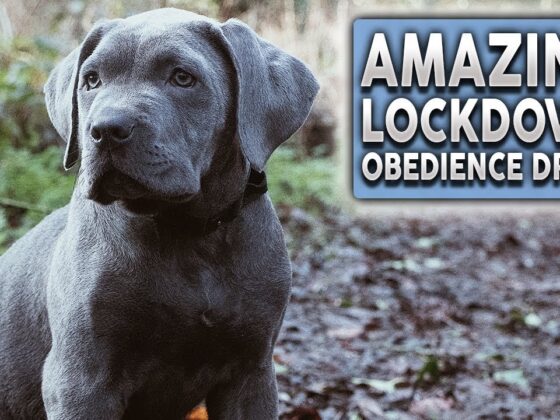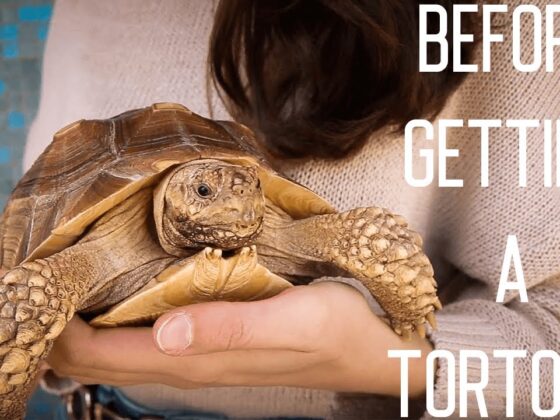Is your dog bouncing off the walls, overflowing with energy, especially when outdoor adventures are limited? Many pet parents face the challenge of keeping their furry friends adequately exercised and mentally stimulated, whether due to bad weather, busy schedules, or even unexpected lockdowns.
But what if you could transform your home into a dynamic play space? In this guide, you’ll discover five creative and effective ways to exercise your dog indoors, ensuring they stay happy, healthy, and well-behaved, no matter what’s happening outside. You’ll learn how to harness their natural instincts, build stronger bonds, and turn confined spaces into opportunities for growth and fun!
Why Indoor Exercise Matters for Your Dog
It’s a truth universally acknowledged among canine behaviorists: “A tired dog is a happy dog, and a tired dog is a good dog.” As Will, our expert canine behaviorist from Fenrir K9 Leaders, emphasizes, exercise isn’t just about physical exertion; it’s crucial for mental well-being too. Whether you’re in a lockdown, facing bad weather, or simply have limited outdoor space, indoor activities are key to preventing boredom, destructive behaviors, and anxiety.
Top 5 Creative Indoor Dog Exercises
1. Master Trick Training (and Level Up Obedience!)
Think beyond just “sit” and “stay”! High-level trick training is a phenomenal way to physically and mentally exhaust your dog. Imagine teaching them complex routines like heel work, jumping over your back, army crawls, or rollovers. The possibilities are truly endless, and as Will explains, you can make it incredibly fun and tiring, strengthening your bond simultaneously. This isn’t just about showing off; it’s about deep mental engagement that burns energy.
2. Engage in a Thoughtful Game of Tug-of-War
Often debated, tug-of-war can be one of the best games for your dog when played correctly. As a balanced dog trainer, Will advocates for using it to reinforce your leadership. The key? You instigate the game, you decide when it stops, and you decide when it starts again. Incorporate obedience commands mid-game – ask for a “drop,” “sit,” or “stay,” then reward by resuming the game. This taps into your dog’s natural instincts while solidifying your role as a calm and consistent leader, making it a powerful physical and mental exercise.
3. Build a DIY Obstacle Course
No fancy agility kit? No problem! Get creative and build your own indoor obstacle course. Use household items like paint cans and a broomstick for jumps, blankets over chairs for tunnels, or cushions for weaving. Guide your dog under barriers, over obstacles, and through hoops. This encourages problem-solving, builds confidence, and provides excellent physical activity. Share your creative setups with us on Instagram – we’d love to see them!
4. Treadmill Training (If You Have One!)
If you happen to have a treadmill at home, this can be a game-changer for high-energy dogs. While it requires careful training and supervision (never leave your dog unattended!), a treadmill allows your dog to get a significant workout without you needing to leave the house. As Will points out, you can oversee their exercise while engaging in other activities, making it an efficient way to tire them out and fulfill their energy needs.
5. The Classic: Play Fetch!
Fetch isn’t just for the park. If your dog already knows how to play, adapting it for indoors or a small garden can provide a fantastic burst of energy. Even if your dog hasn’t mastered fetch, now is the perfect time to teach them! Will emphasizes that all dog breeds can learn this game, and seeing larger breeds like English Mastiffs playing fetch can be incredibly rewarding. It’s a simple yet highly effective way to burn off steam and reinforces obedience with a “drop it” command.
Beyond Exercise: Leadership and Learning
This period of increased time at home isn’t just about physical exercise; it’s a massive opportunity to strengthen your bond and leadership with your dog. Will consistently reminds us, “Level up the exercise, step up the training, step up your leadership, and step up your knowledge.” This holistic approach helps prevent behavioral issues that might arise from lack of stimulation and ensures you raise a perfect canine companion.
If you’re looking to deepen your understanding and leadership skills, consider dedicated training resources. While I cannot directly link to them via a tool at this moment, you might find courses like the “Perfect Puppy Course” or a “Boot Camp Course” invaluable, as mentioned by Will in the video’s description for comprehensive training.
Ready to Transform Your Dog’s Indoor Life?
Don’t let limited outdoor access dampen your dog’s spirits or energy. By integrating these creative indoor exercise tips, you can ensure your dog remains physically tired, mentally stimulated, and wonderfully behaved. This is your chance to be proactive, engage with your dog on a deeper level, and emerge from this period with an even stronger, more harmonious relationship.
Which indoor exercise will you try first? Share your experiences and tips in the comments below! Your insights help other Petiance readers and their furry friends thrive.



